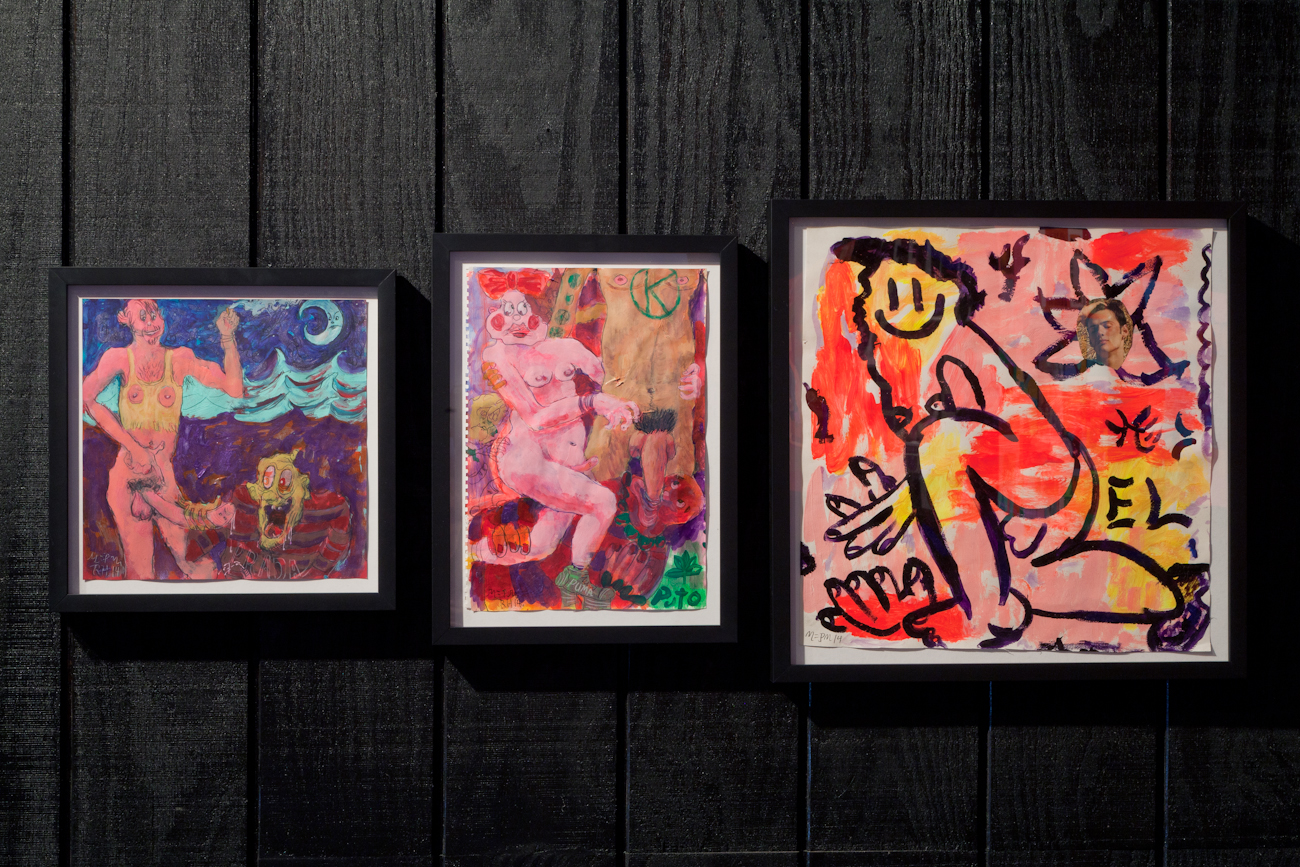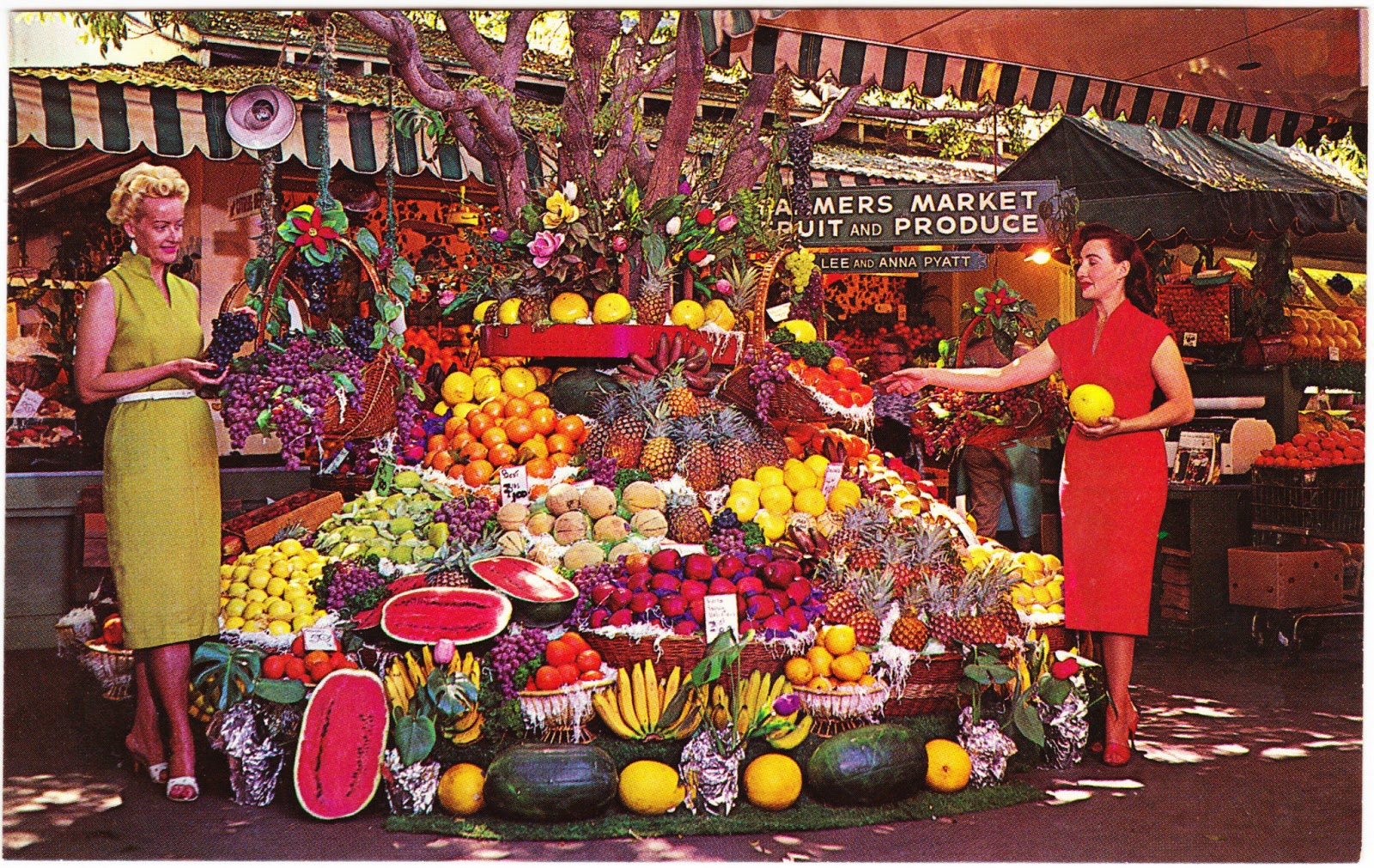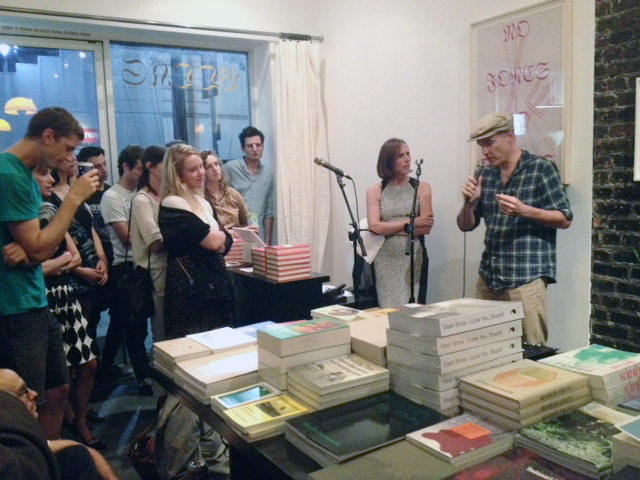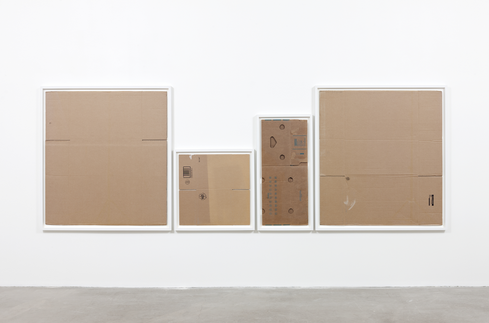 The Los Angeles area is home to many unique independent museums and collections (see The Velveteria). This weekend I went to The Bunny Museum, which is inside the private residence of Candace Frazee and Steve Lubanski in Pasadena, California. Candace and Steve call one another “honey bunny” and in the 1990s they began a daily exchange of bunny related gifts as a token of their love. This exchange soon turned into a lifelong passion for collecting bunny tschotskes and raising rabbits. They now have the largest collection of bunny related items in the world – it’s even featured in the Guinness Book of World Records!
The Los Angeles area is home to many unique independent museums and collections (see The Velveteria). This weekend I went to The Bunny Museum, which is inside the private residence of Candace Frazee and Steve Lubanski in Pasadena, California. Candace and Steve call one another “honey bunny” and in the 1990s they began a daily exchange of bunny related gifts as a token of their love. This exchange soon turned into a lifelong passion for collecting bunny tschotskes and raising rabbits. They now have the largest collection of bunny related items in the world – it’s even featured in the Guinness Book of World Records!
 When I arrived at The Bunny Museum I was lucky to be greeted by Candace and her 4 month old Flemish Giant rabbit named Jessica Doecent. You may not be able to tell from the photo below, but this rabbit, at only 4 months, was quite large and is expected to grow to the size of a dog! She was very friendly and very hungry so I fed her some of the kale we brought. Inside the museum, I was not disappointed. Candace and Steve have a huge collection of bunny items – bunny stuffed animals, bunny china figurines, bunny cookie jars, bunny magnets, bunny shaped cookies and cereals, 4 live bunny rabbits, and a large hedge in their front yard trimmed into a bunny.
When I arrived at The Bunny Museum I was lucky to be greeted by Candace and her 4 month old Flemish Giant rabbit named Jessica Doecent. You may not be able to tell from the photo below, but this rabbit, at only 4 months, was quite large and is expected to grow to the size of a dog! She was very friendly and very hungry so I fed her some of the kale we brought. Inside the museum, I was not disappointed. Candace and Steve have a huge collection of bunny items – bunny stuffed animals, bunny china figurines, bunny cookie jars, bunny magnets, bunny shaped cookies and cereals, 4 live bunny rabbits, and a large hedge in their front yard trimmed into a bunny.
 To visit The Bunny Museum you must call and make an appointment. Entrance is $5 per person plus food for the rabbits. Don’t bring carrots (they get too many), so try some greens (they loved our kale).
To visit The Bunny Museum you must call and make an appointment. Entrance is $5 per person plus food for the rabbits. Don’t bring carrots (they get too many), so try some greens (they loved our kale).
























